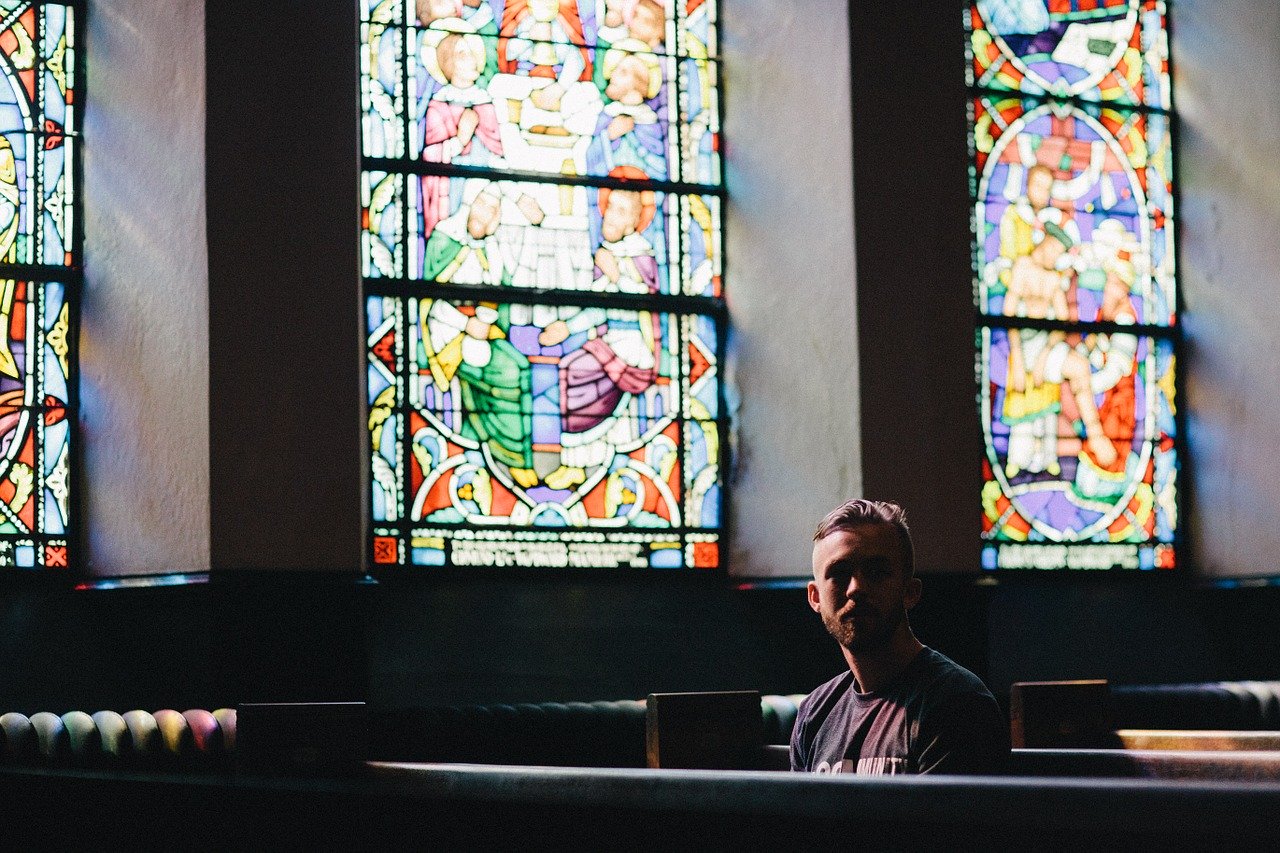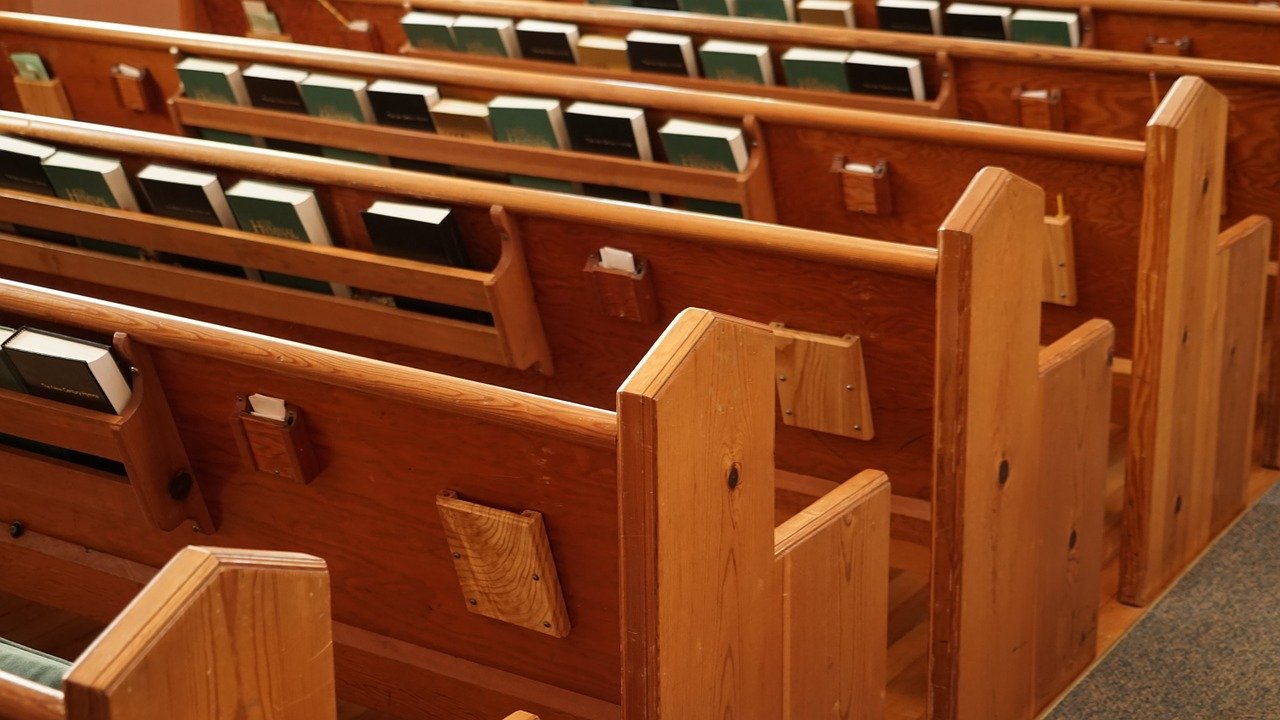
The first week my parish reopened, I attended the Saturday Vigil. Normally I sing in the Sunday choir—but alas, singing’s now discouraged. Our music director was at the organ, and he played some pieces that didn’t even tempt us to hum under our breath. Those aerosol droplets that travel up to fourteen feet when singing didn’t stand a chance under these conditions.
I saw the new guidelines in force even before I arrived at the church. An appropriately distanced line formed at the doors. An usher, holding a clipboard, asked each of us if we were feeling well three different ways. I resisted the urge to clear my throat in responding.
Once inside, I was greeted by a friend stationed at a table. She invited me to purify my hands with the supplied sanitizer. She offered masks to those who hadn’t brought one. Then I was handed off to another usher, who noted I was a “party of one.” He led me to a pew into which I was inserted, like a puzzle piece, into the rightly distanced space.
Our pastor, recently recovered from COVID-19, popped out of the sacristy in a mask. As a chaplain at the local hospital and former patient, he’s sensitive to modeling the right behavior. Contradicting liturgical protocols, my pastor wore his mask throughout the Mass. I won’t tell if you won’t.
Mass began with no procession. No servers or lectors were in the sanctuary. Father handled all the readings. The credence table had been moved to the sanctuary with the offertory gifts—which should not be overly handled at this time. Subtract singing, lector movements, offertory procession, and the collection, and Mass gets slimmer. Fear not about the collection: I failed to mention the ushers received our envelopes in a secure tube before we were seated.
The dismissal came quickly after the Eucharistic Prayer. Protocols encourage distributing communion after Mass is ended. Those who were not receiving departed with an usher escorting them out, one seating at a time. Those receiving were invited forward by seating, spaced apart. Communion was offered in cupcake papers pre-filled before Mass began, arranged on cookie sheets. A wastebasket ten feet away collected discarded papers.
Outside the church, many parishioners removed their masks and massed near the doors, greeting each other with enthusiasm after so long a separation. All the care that had gone into keeping us distanced and protected inside was undone in the parking lot.
Materials the USCCB recommends for preparing diocesan guidelines:
Road Map to Re-Opening Our Catholic Churches Safely – Ad Hoc Committee of Catholic Doctors (May 2020), 9 pp.



